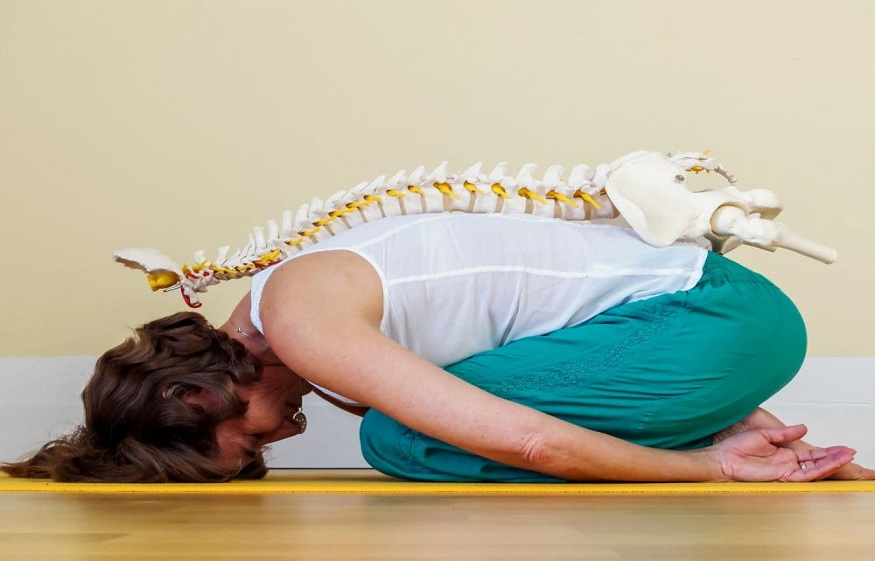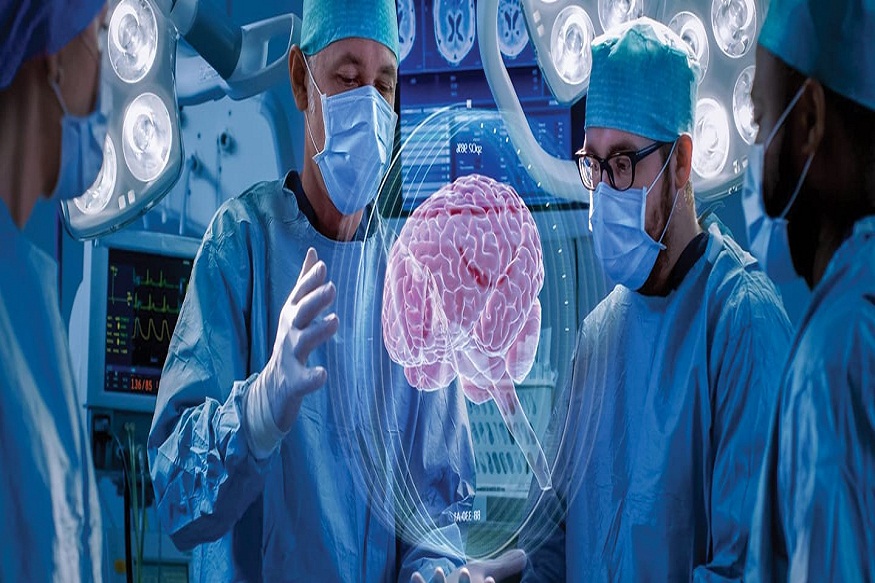Can I Play Sports with A Spinal Cord Stimulator?
Chronic leg and back pain can be a debilitating condition, and particularly challenging for patients who led an active lifestyle before experiencing mobility challenges.
Spinal cord stimulation (SCS) is a pain management therapy recommended when non-surgical methods of pain relief have failed. A spinal cord stimulator is a device implanted by a pain management physician, such as those found at Lone Star Pain Medicine, during the course of a SCS surgical procedure. Once implanted, the neurostimulator sends electricity to the spinal cord to block pain signals.
SCS takes place in two steps: a trial of the device’s effectiveness over a week, followed by the permanent implantation if the patient reports 50% or more decrease in their pain levels. The patient will typically be able to leave the pain management clinic once the anesthesia has worn off.
If you had the procedure, the incisions should heal within two to four weeks, at which time your primary physician or pain management doctor will approve you for light activity such as walking and driving. Your medical team may also suggest exercises (like these issued by University Hospital Southampton, England).
As a rule, you cannot play sports with a spinal cord stimulator because you risk pulling stitches or displacing the stimulator leads that transmit electricity to your spine.
How Does a Spinal Cord Stimulator Affect My Mobility?
An effective spinal cord stimulator allows you to be more active than before the device’s implantation. However, remain wary of restrictions indicated by your pain management team.
Until the permanent implant incisions are fully healed, a spinal cord stimulator reduces mobility. While you’ll be able to walk and drive to work, and even fly, your mobility will be restricted.
You should switch off the stimulator when driving or operating heavy machinery because it may distract you. Moving abruptly can also cause you to experience pain, so switch off the device before changing posture.
You will eventually be able to exercise after a permanent spinal cord stimulator implant. Avoid high-impact sports and other strenuous activities like running and tennis because the stimulator’s leads may shift and reduce its effectiveness.
Can I Go Swimming with A Spinal Cord Stimulator?
You cannot go swimming with a spinal cord stimulator during the trial implantation, but once fully healed from the permanent procedure, your pain doctor may approve more intensive cardiovascular swimming.
You must avoid baths and showers during the trial implantation to keep the neurostimulator dry.
Long-Term Effects of Living with a Spinal Cord Stimulator
Long-term effects of living with a spinal cord stimulator may include:
- device mechanical failures
- device damage
- infections
- pain relief decrease
- lead migration.
You’ll know if any of these issues arise if you experience a tingling sensation in an unusual part of the body, a sudden jolting sensation, or even a sharp pain. You may also not sense the device stimulation after a fall or because of wear-and-tear.
In the case of infection, you may experience discharge, pain, redness, or swelling near the incision site. Contact the implanting physician, especially if you have a fever or become delirious as they may be able to access diagnostic information wirelessly and identify mechanical problems remotely.
Final Thoughts
While SCS can be effective in relieving pain and reducing reliance on medications like opioids, it is usually paired with other pain management treatments.
Physical therapy treatment protocol in patients with a recently implanted SCS device should be based on that person and should address all their needs, values, and goals.
But as Andrew DeAngelis discovered, a spinal cord stimulator can be a game-changer in your journey back to a pain-free, active life.



